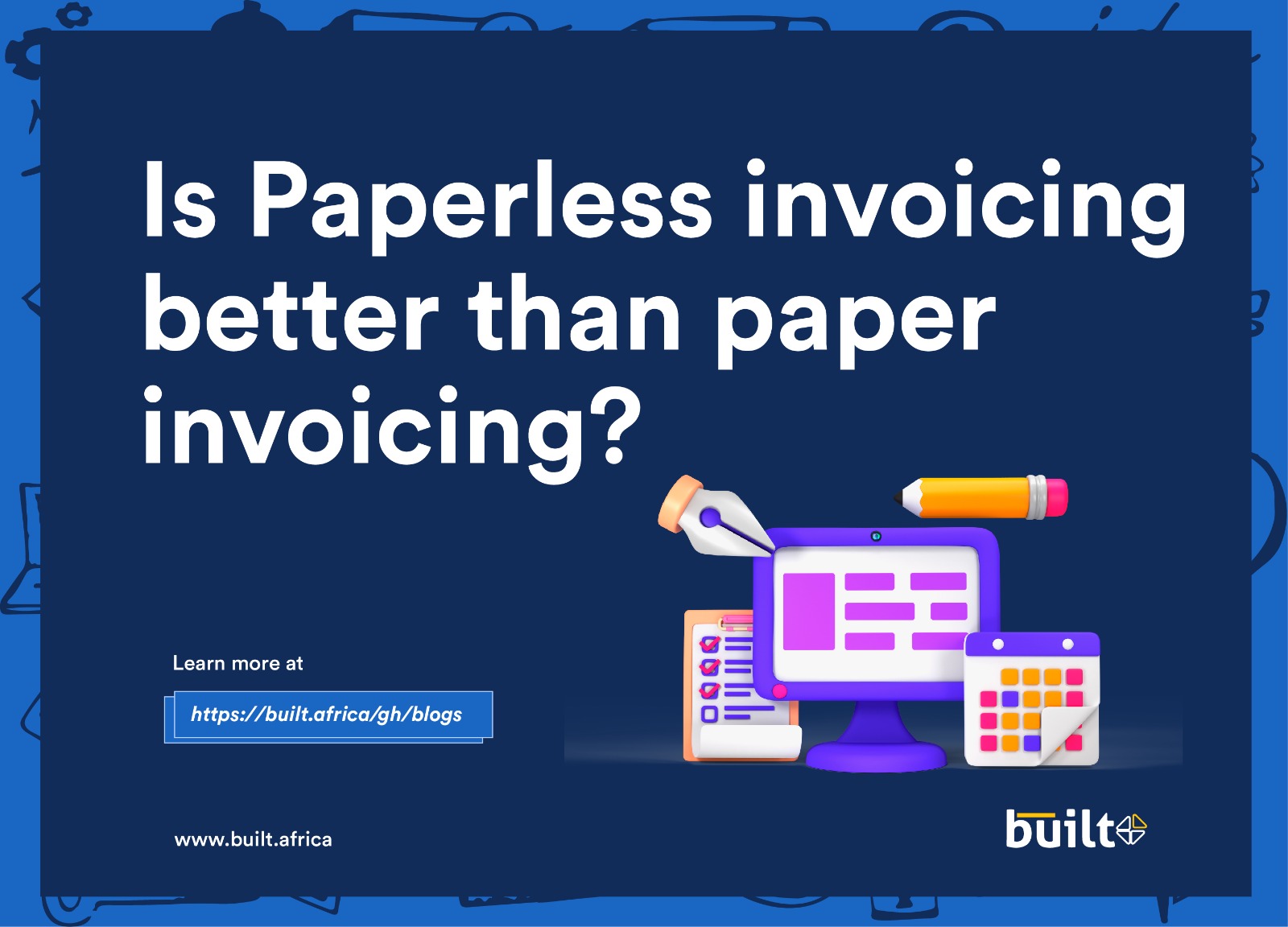
Is paperless invoicing better than paper invoicing? Let’s explore the answer. Despite the digital shift in today’s business world, many small businesses still rely on traditional paper invoicing, printing, and mailing bills to customers.
This outdated approach often leads to unnecessary delays, higher costs for printing and postage, storage issues, and increased paper waste. So, why continue with paper invoicing when paperless options can save time, reduce expenses, and streamline your workflow?
This blog will examine the drawbacks of traditional paper invoices and highlight the benefits of switching to digital invoicing.
Understanding Paperless and Paper Invoicing
Paperless Invoicing
Paperless invoicing involves creating, sending, and managing invoices electronically. This method uses digital formats, such as PDFs or online invoicing platforms, eliminating the need for physical paper.
With paperless invoice processing, you can:
- Enable supplier self-service to automate invoice capture.
- Automate the three-way matching of invoices with purchase orders and receipts.
- Lower data indexing costs by avoiding manual entry of each invoice into the AP system.
- Streamline the AP process for greater efficiency.
- Enhance cash flow visibility by processing invoices more quickly.
Paper Invoicing
This is the traditional method where invoices are created, printed, and sent out physically. Paper invoices are often mailed or delivered by hand, and they require manual handling and storage. This method has been used for decades and is familiar to many businesses.
How Does a Paperless Invoice Processing System Work?
Paperless invoicing might seem complex, but it’s actually quite straightforward. Instead of printing every document and invoice, you can handle everything digitally.
With invoicing software like Built, you can generate invoices using electronic templates and send them automatically to clients via email or online portals. Clients can then pay electronically, with transactions recorded. and reconciled in real-time. Partial payments are registered automatically, and payment reminders are sent as needed, while you receive notifications when payments are received.
There’s no need to store paper copies or worry about secure storage—everything is safely kept in the cloud.
Digital storage ensures easy access and organization of invoices and related documents, maintains compliance with data protection regulations, and provides transparent audit trails, all while reducing reliance on physical paperwork.
Comparing Paperless and Paper Invoicing
1. Efficiency and Speed: Paperless invoicing significantly outperforms paper invoicing in terms of speed. Digital invoices can be sent and received almost instantaneously, while paper invoices can take days or even weeks to process.
2. Cost: While paper invoicing incurs costs for materials and postage, paperless invoicing eliminates these expenses. Over time, the cost savings from going paperless can be substantial.
3. Record Keeping and Organization: Paperless invoicing simplifies record-keeping by providing digital storage options. Businesses can organize, search, and retrieve invoices more easily compared to physical storage solutions.
4. Environmental Impact: Paperless invoicing is a more environmentally friendly choice, as it reduces paper waste and the carbon footprint associated with printing and mailing.
5. Security and Compliance: Digital invoicing can be more secure if proper measures are taken to protect data. However, it requires careful management to ensure compliance with legal and tax regulations.
5 Steps To Switch To Paperless Invoice Process
- Evaluate Your Current Invoicing System
Assess your existing invoicing procedures to identify inefficiencies and areas for improvement. Understand how invoices are created, approved, and managed to determine what changes are needed.
- Choose and implement digital tools.
Select appropriate paperless invoicing software like Built that suits your business needs. Implement the software, integrating it with your accounting systems and setting up digital templates for invoice creation.
- Train Your Team
Educate your team on how to use the new paperless invoicing system. Provide training on creating, approving, and managing invoices digitally to ensure everyone is comfortable with the new process.
- Transition and Test
Begin using Built’s paperless system for new invoices while gradually phasing out paper-based processes. Test the system thoroughly to ensure it meets your needs and addresses any issues that arise during the transition.
- Monitor and optimize
Continuously monitor the performance of the paperless invoicing system. Collect feedback, track metrics, and make adjustments as necessary to improve efficiency and address any emerging challenges.
Future Trends in Invoicing
- Artificial Intelligence and Machine Learning:
AI and machine learning are increasingly being integrated into invoicing systems. These technologies can automate data entry, enhance fraud detection, and predict cash flow trends. AI-powered tools can analyze invoice data to identify anomalies or discrepancies, streamline approval processes, and even offer predictive insights for better financial planning.
- Integrated Payment Solutions:
Future invoicing systems will increasingly integrate with various payment solutions, such as digital wallets, cryptocurrencies, and real-time payment networks. This integration will enable faster and more flexible payment options, improving cash flow management and reducing transaction costs.
- Enhanced Automation:
Automation will continue to advance, with more sophisticated tools managing end-to-end invoicing processes. Automated systems will handle everything from invoice generation and approval workflows to payment processing and reconciliation, minimizing manual intervention and reducing errors.
- Cloud-Based Solutions:
Cloud-based invoicing solutions are expected to become even more prevalent. These platforms offer scalability, accessibility from any location, and real-time updates. Cloud-based systems also facilitate better collaboration between businesses and their partners by providing a centralized platform for managing invoices.
Conclusion
Switching from paper to paperless invoicing is a major upgrade for businesses, boosting efficiency and being more eco-friendly.
If you’re considering this change, look into various invoicing solutions options like Built which offer clear benefits over traditional methods.


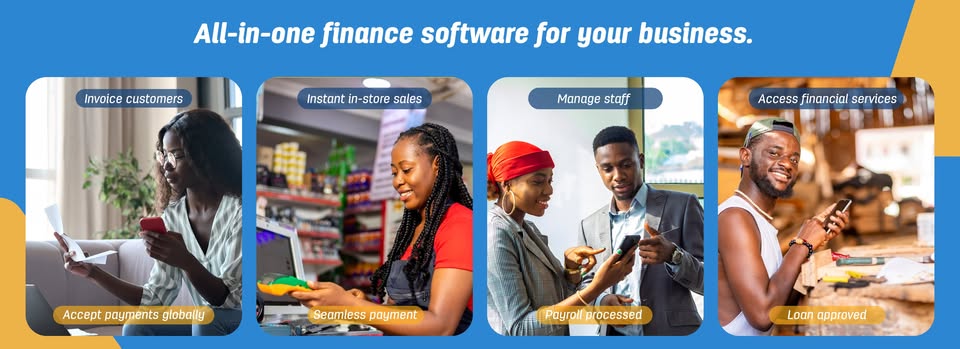
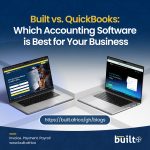




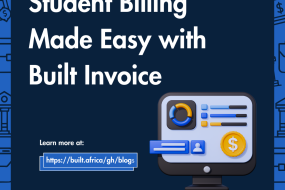
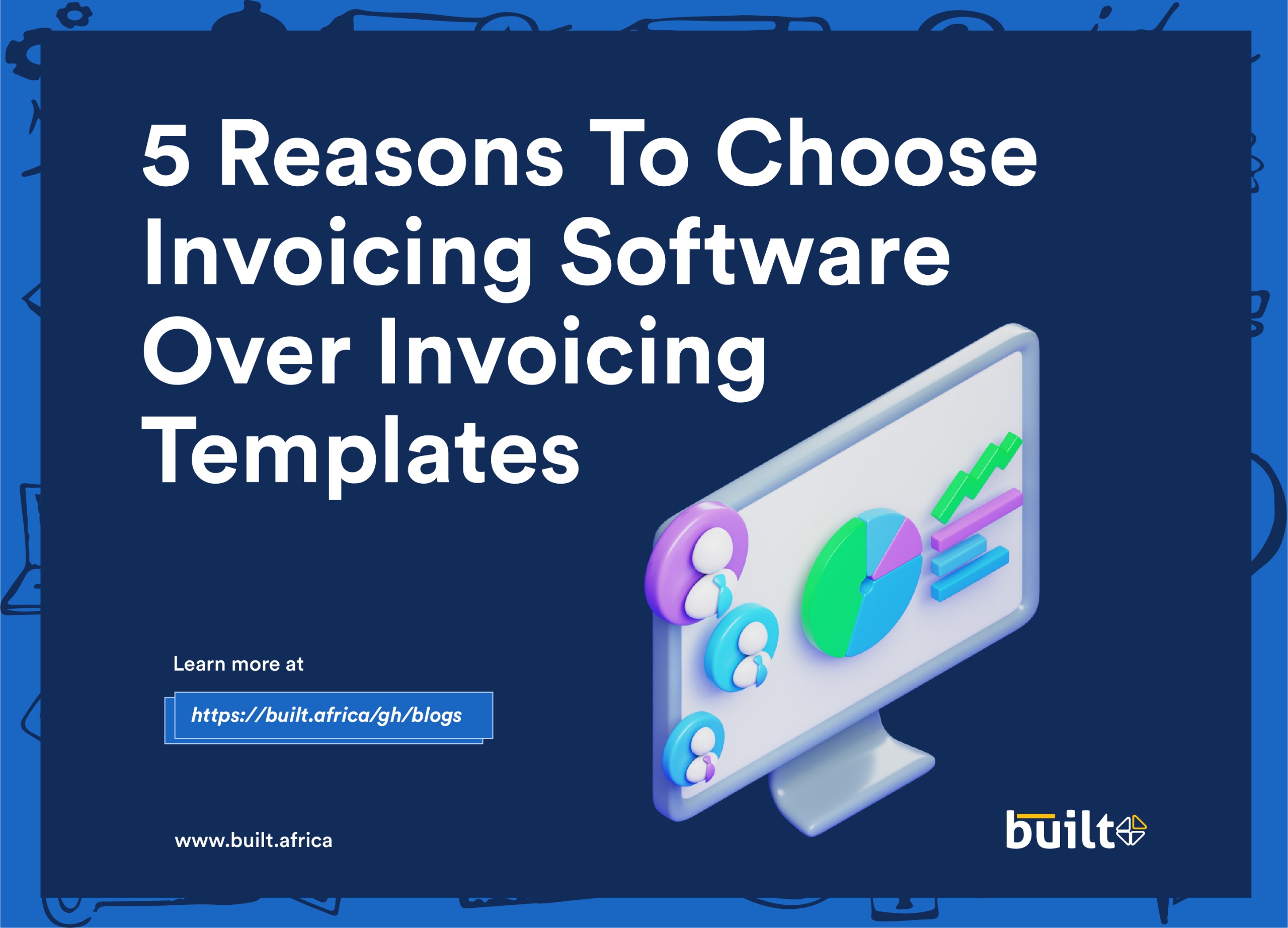
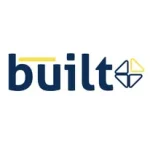

No Comments